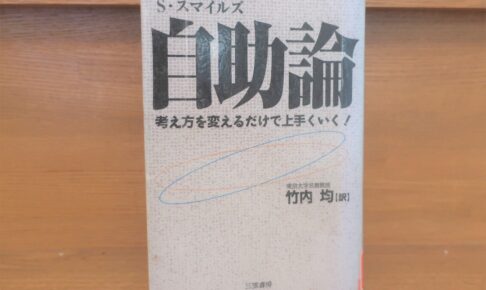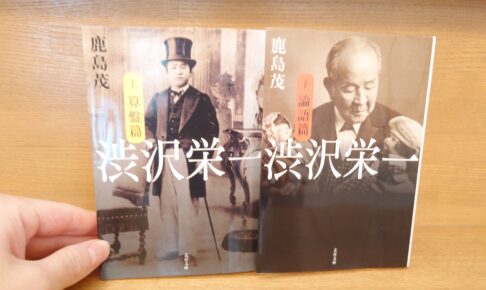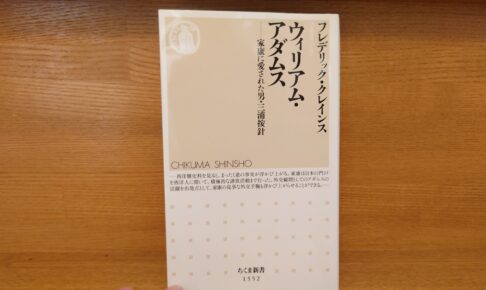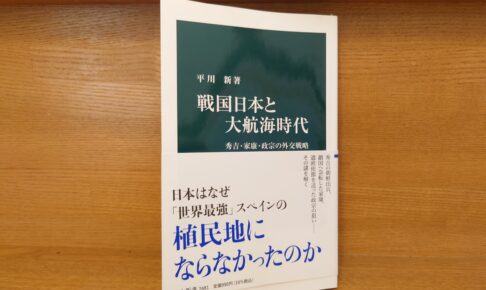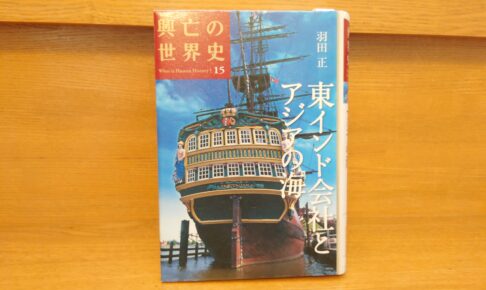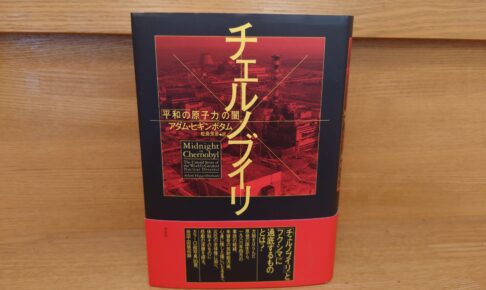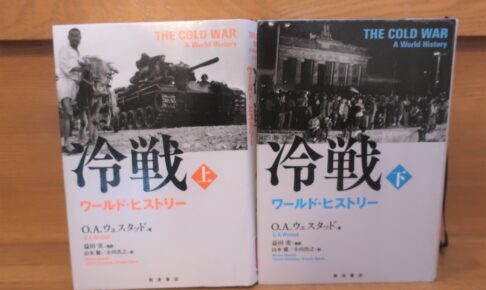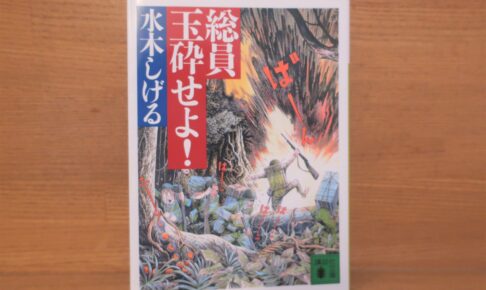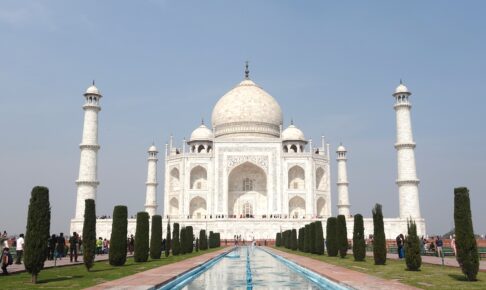Smiles' "The Theory of Self-Help" Summary and Comments - Greatly influential on Victorian morality in England! Also known as "The Rise of the West"
Smiles' "Jishu-ron" had a tremendous impact on workers in England, and when translated into Japanese as "Seikoku Risshi Hen," it became a huge boom as the Bible of the Meiji era along with Fukuzawa Yukichi's "Gakumon no Susume" (Encouragement of Learning).
This book is a very important work for understanding the mentality of 19th century English Victorians.
This article looks at the contents of "The Theory of Self-Help" and the significance of "The Theory of Self-Help" in British society. The work is also important as a background against which Marx's "Theory of Capital" was born.












